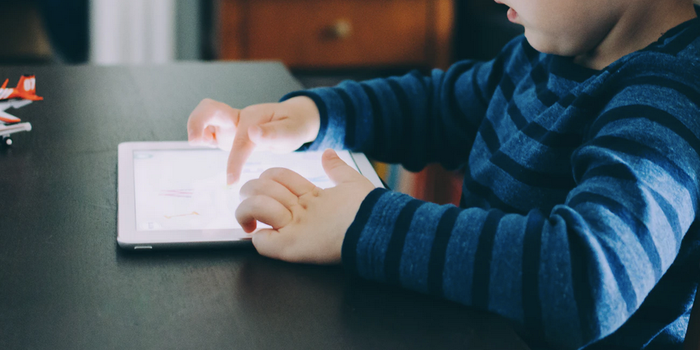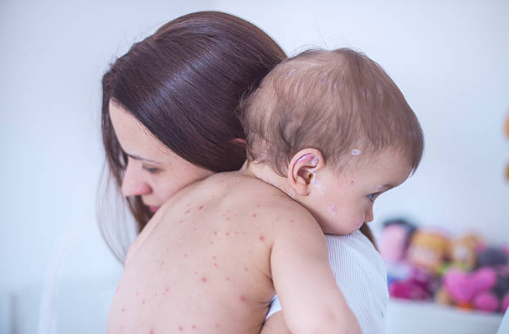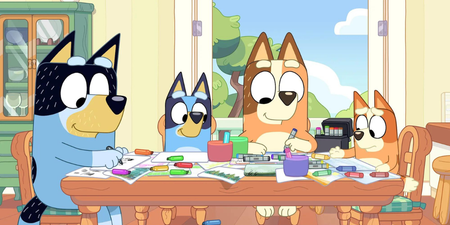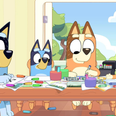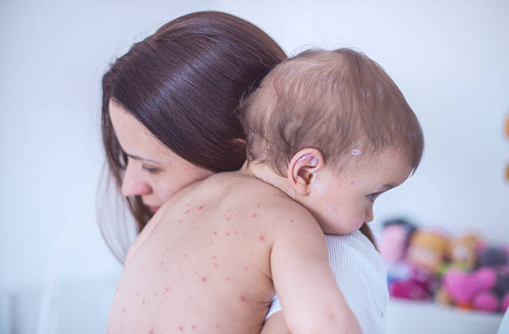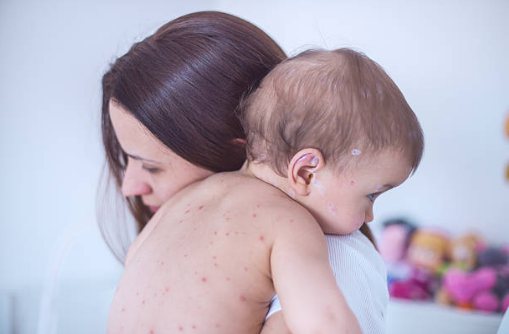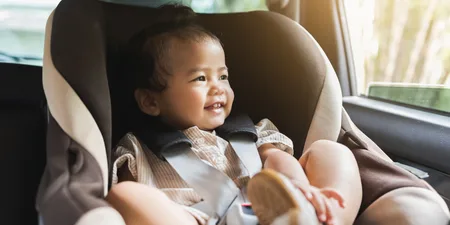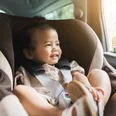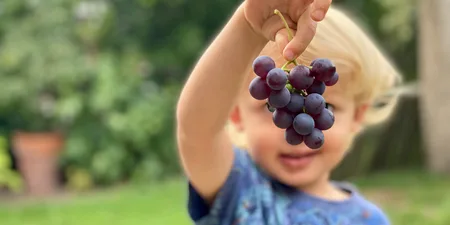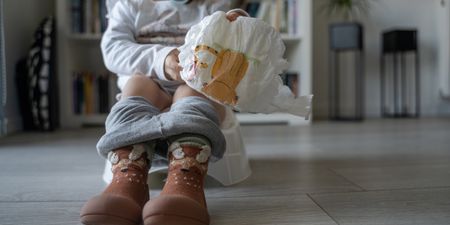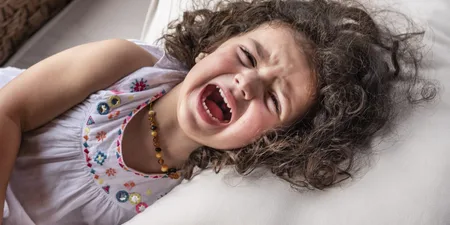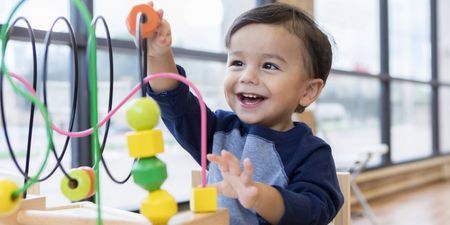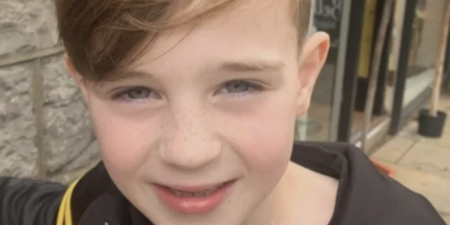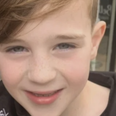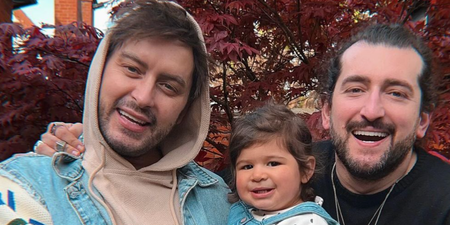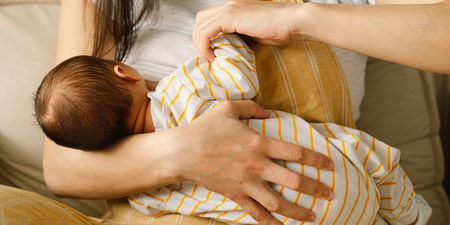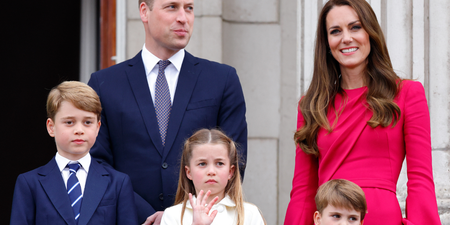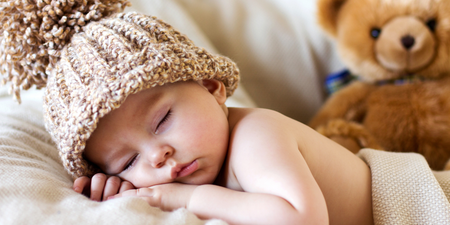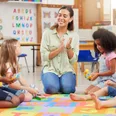I like to think there is a bit of lesson in life or moral or even kindness in every cartoon or children’s movie.
I mean; isn’t that the whole point that kids’ movies and TV is supposed to teach them?
However, according to a new study, some of the most popular cartoons, like Peppa Pig, Toy Story, and Frozen are actually teaching our kids harmful lessons when it comes to violence, pain, and gender.
Researchers from the universities of Bath (UK) and Calgary (Canada) set out to analyze how popular cartoons aimed at 4 to 6-year olds depict pain and empathy. In order to do so, they reviewed ten different movies, including Despicable Me 2, The Secret Life of Pets, Toy Story 3 & 4, Incredibles 2, Inside Out, Up, Zootopia, Frozen, and Finding Dory. As well as that, they also studied six television shows, including Sofia the First, Shimmer and Shine, Paw Patrol, Octonauts, Peppa Pig, and Daniel Tiger’s Neighborhood.
And what they found actually sounds a little disturbing.
Per hour of programming, the researchers found a whopping nine incidents of pain. And over two-thirds of those painful experiences were rooted in violence.
A new study from @BathPsychology and @BathCPR shows that TV is teaching children wrong lessons about pain with many shows portraying pain as something that is not worthy of help or empathy from others@drabbiejordan explains more.https://t.co/yBO7ZnTGMn pic.twitter.com/dIigX0nehq
— University of Bath (@UniofBath) December 8, 2020
Examples of everyday pain or injuries, like a character falling over or bumping their elbow, were far less common. In fact, they made up only about 20 percent of the incidents.
Researchers also found that while boy characters were much more likely to experience severe pain, observers were more likely to respond or care if the victim was a girl. The study found an overall lack of empathy from the characters who witnessed someone else experience pain.
“We examined shows and movies that millions of young children in North America and beyond are watching. The findings were, frankly, shocking,” said lead researcher, Dr. Melanie Noel, Associate Professor of Clinical Psychology from the University of Calgary.
“It is undoubtable that the media is a powerful force in how children learn about the world,” she continued. “The way pain is unrealistically portrayed is teaching young children that pain is not worthy of help or empathy from others, and that it will be experienced and responded to differently if you are a boy or a girl. We have a responsibility to change these societal narratives about pain.”
Dr. Abbie Jordan, senior lecturer of the Department of Psychology and Centre for Pain Research at the University of Bath, agreed.
“Part of the challenge in this is how we talk about pain. We know children spend increasing amounts of time watching these influential programs and films and that what they depict feeds through to their understanding and awareness of an issue. When it comes to pain, as we see from this study, the picture presented by these media is not reflective of children’s common experiences, instead focusing much more on extreme and violent pain,” she said.
